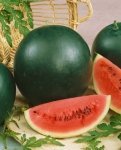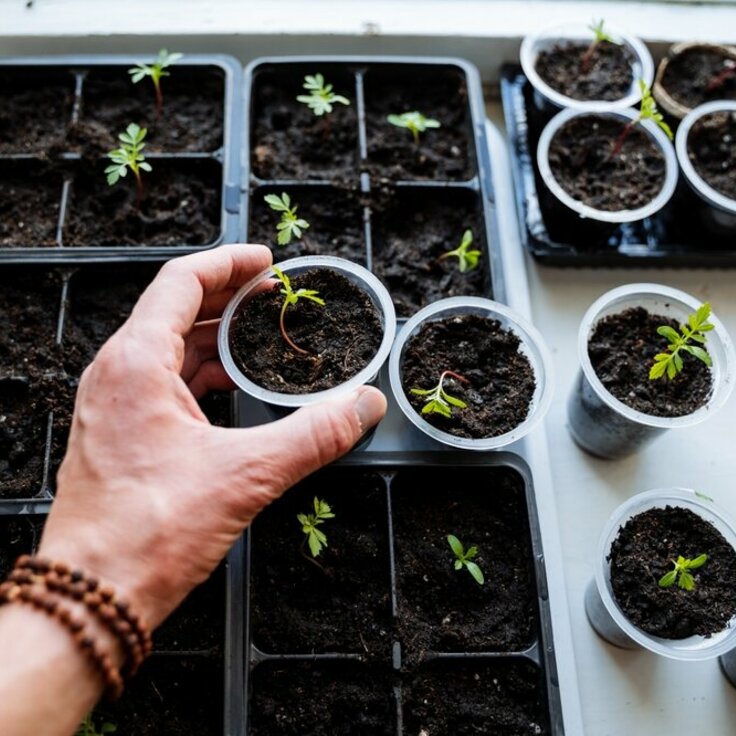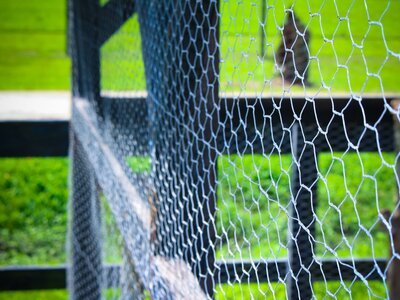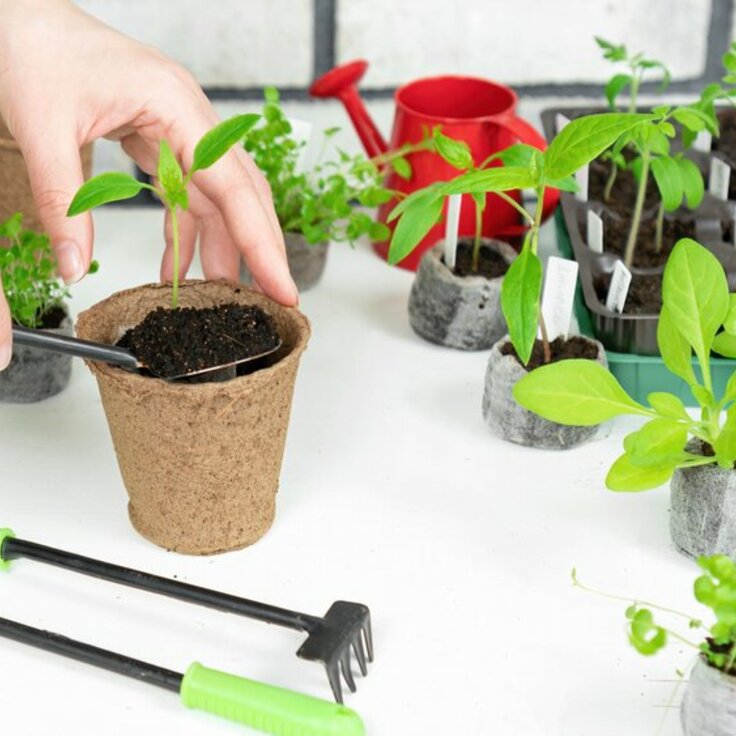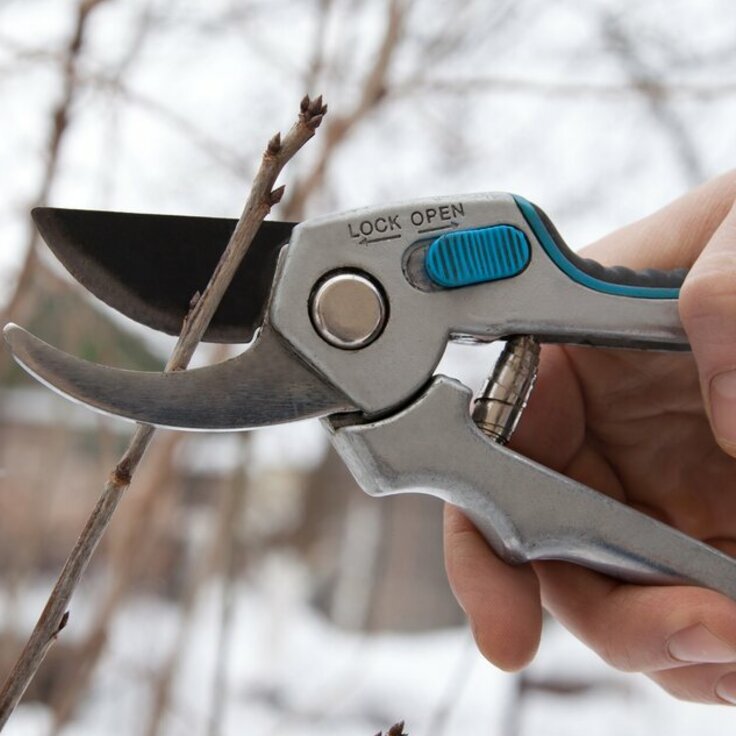Is Fall for Planting?
As the weather begins to cool with the coming of fall, plants in the garden often start to perk up as the stress of hot temperatures eases. Early blooming flowers may put out a second flush of blossoms, lawns begin to make some new growth and fall lettuces and greens fill out in the vegetable garden. Gardeners themselves also get a second wind in the pleasant weather and often their thoughts turn to planting trees and shrubs. It can be a good time to pick up end-of-the-season bargains at nurseries and garden centers. Good for your pocketbook, perhaps -- but is it a good time for these plants to go in the ground?
Trees and Shrubs
In many cases, the answer is yes. In New England, the moderating air temperatures and increased rainfall make the autumn months a good time for newly-planted trees and shrubs to get established. And unlike in spring, the soil in late summer and early fall is nice and warm, encouraging good root growth. Even as the soil temperature cools and the top growth of trees and shrubs slows or stops, the roots of most woody plants will continue to put out new growth far into fall.
Check Plants Before Purchase
For the most successful fall tree and shrub planting, here are a few things to keep in mind. First, look over plants carefully before you buy or plant. Trees and shrubs on sale in the fall may have sat in the sales yard for many weeks -- or more -- so check to see that the root system still looks healthy. If the rootball of a container or balled-and-burlapped plant is a mass of encircling roots, be sure to tease out these roots with your fingers or a hand garden fork so that they'll grow out into the soil, not continue to circle around. You may need to make some inch deep cuts vertically in the sides of container rootballs and in an X-shape on the bottom to encourage matted roots to make new growth out into the soil.
What to Plant
Many kinds of trees will do well when planted in the fall, including maple, linden, ash, honeylocust, crabapple, pine and spruce; most deciduous shrubs are good candidates as well. Conifers such as spruce and pine do best if they are planted early in the fall, when soil temperatures are higher, giving them a little more time to get established before cold weather comes. A few species, especially those with fleshy root systems that are slow to establish, do better with spring planting. These include magnolia and tulip trees, along with firs, birches and oaks. Evergreen shrubs such as rhododendron and yew also prefer spring planting. That said, many of the plants that are recommended for spring planting will do fine when planted in early fall, as long as they receive good care afterward. So if the price is right, you may decide to give them a try.
Follow Planting with Good Care
How to help your fall planted trees and shrubs get off to a good start? Keeping them watered until the ground freezes or the weather is really cold is key. Although fall weather is often wetter in our part of the country, you can't always rely on Mother Nature alone. So give your newly planted trees and shrubs regular drinks throughout the fall. In fact, especially for evergreen trees and shrubs, it's a good idea to give even established plants a good soaking in late fall so they are well-hydrated going into winter.
The thin bark of young trees is susceptible to winter injury from sunscald and frost cracking, so it's a good idea to enclose the trunk with tree wrap tape or spiral plastic protectors for the first few winters after planting. Put the protection in place in late fall, then remove it in the spring. Young trees, especially crabapples and fruit trees, make tasty winter snacking for voles and rabbits. Enclose the trunks in cylindrical cages made of wire hardware cloth; insert the bottoms a few inches into the soil and extend them high enough to keep rabbits from feeding above snow level if these animals are pests in your area. Also be sure to pull back mulch from the base of trees and shrubs in late fall to make these areas less enticing shelters for critters under the snow.

